Subways
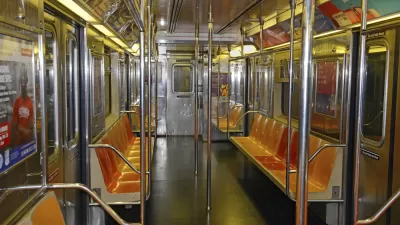
Mapping the Decline of the New York City Subway
A writer weaves a "decade by decade" story, complete with diagrams, of how not to manage a public transit system.
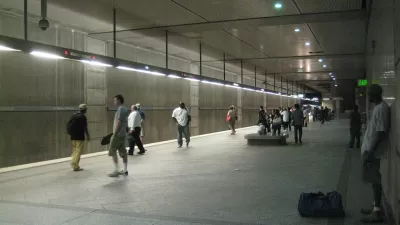
Op-Ed: Los Angeles Needs a Vermont Avenue Subway
As the second busiest bus corridor in the area, Vermont Avenue is currently a candidate for bus rapid transit. But would rail be a better choice?
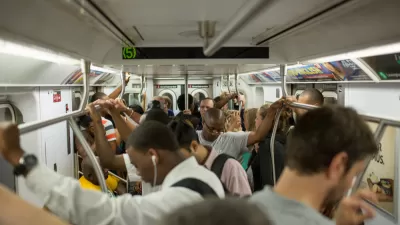
Regardless of Cost, New York Must Rehabilitate its Crown Jewel: the Subway
Depending on what's included, the cost to rebuild the ailing 665-mile system could be $111 billion, but the city's future depends on it. A feature-length New York Times Magazine piece looks at its history and suggests ways to finance rebuilding.
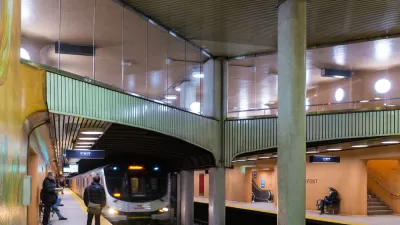
Toronto Extends its Subway for the First Time in 15 Years
Fanfare, a full slate of politicians, and a day of free rides celebrated the opening of the extended Line 1 of the TTC subway system. There was also criticism of the new extension.

Luxury High-Rises Sprout Alongside Los Angeles' Expanding Subway
Los Angeles' extended Purple Line subway may very well spur an extension of the "linear downtown" along Wilshire Boulevard. Luxury high-rises are the most conspicuous new arrivals.
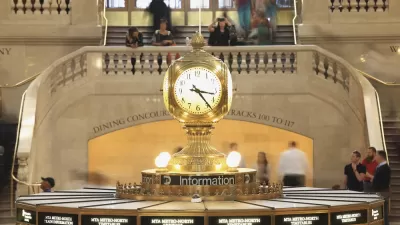
Gov. Cuomo Promised a Plan to Fix the New York Subway; Critics Say it's MIA
Earlier this summer, the governor of New York promised an ambitious plan to fix the MTA subway system. Now, at the end of the promised timeline for that plan, critics are saying that the city is left with more of the same.

London Releases Tunnels Map for Claustrophobic Tube Riders
Transport for London has responded to customer requests for a new accessibility measure: a map to help riders avoid long tunnels.
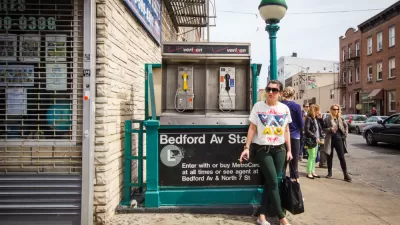
New York Governor Declares Subway 'State of Emergency'
New York Governor Andrew Cuomo has been heavily criticized for neglecting New York City's subway system.
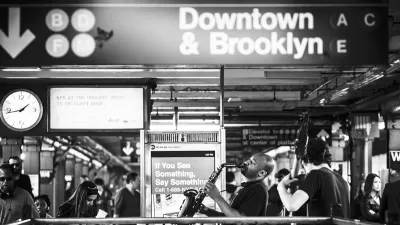
Is this Any Way to Run a Subway?
In New York's subway, stations are not the only historic parts of the 113-year-old system. Essential communications infrastructure responsible for keeping the trains running belongs in a museum, explaining the cause of many recent delays.
Subway Quiz: What Long-Awaited Line Opened Four Days Before the Second Ave Subway?
The 4.6-mile subway operates like some AirTrains in the U.S. that automatically whisk travelers between airport terminals without drivers and with platform screen doors at stations for enhanced safety. Where is the new line located?

Purple Line Extension Gets $1.6 Billion Boost in Los Angeles
The Purple Line subway extension is picking up momentum in Los Angeles. With construction already underway on the first phase, the second phase should commence in 2018.
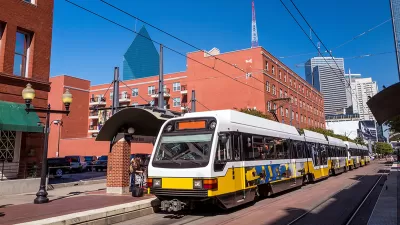
Dallas Adopts an Urban-Centric Vision for its Transit Future
The Dallas City Council picked a side with regard to the D2 line (it prefers a subway to above ground light rail) and the proposed Cotton Belt line (it can wait).
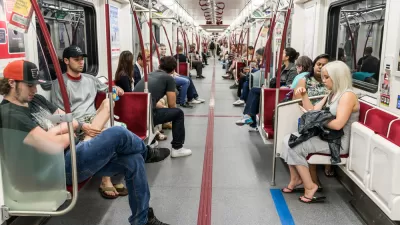
Toronto Commuters Like Their Open Gangway Subway Trains
The New York Times transit reporter, Emma G. Fitzsimmons, reports from Toronto to see what riders think about their 'open gangway' subway cars. By 2020, New York will receive 750 of these cars that have no doors separating the cars.
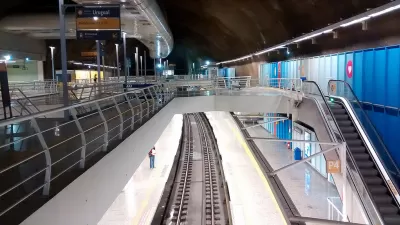
Rio's New Metro Crosses the Finishing Line Just in Time
It was a photo finish for Line 4—one of the signature infrastructure projects of the 2016 Summer Olympics—designed to transport passengers between Ipanema beach and the Olympic Park and Village.

Rio Scrambles to Ready Subway Before Olympics
Beset by delays and financial problems, the state of Rio is having trouble completing a new subway line before the Olympics start a month from now. The time crunch may cut into time for testing, presaging problems in August.
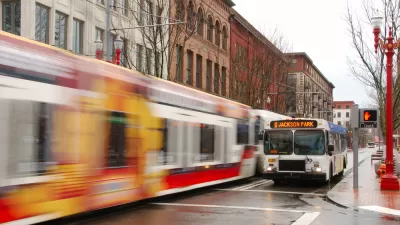
Rail Transit: You Get What You Pay For
Seattle Transit blog compares rail investments from five cities around the country.
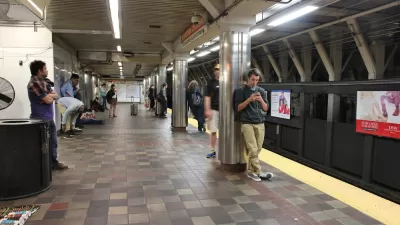
The Sad Saga of Three East Coast Subways
With so much attention placed on the woes facing D.C. Metro, it's important to recognize that it is hardly the only subway facing critical infrastructure investment needs.
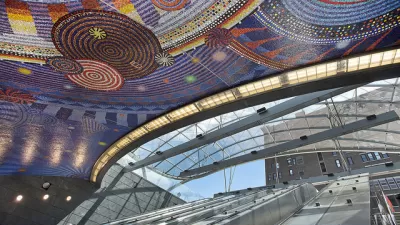
Cut Transit Amenities, Not Service
It's important for transit to look and feel nice, if only to resurrect its deeply tarnished image in the United States. But ridership depends on good service, not good aesthetics.
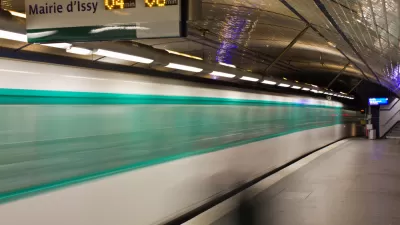
8 Lessons from the Paris Metro
Transportation planner Dan Malouff shares eight insights into what makes the Paris Metro one of the world's great subways.
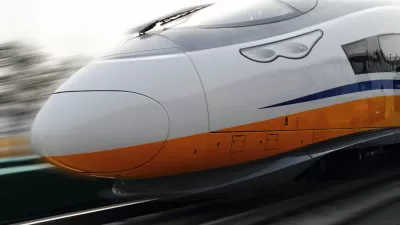
The Pop Culture Verdict: Transit Is Hip
Several decades ago, public transit was a distinctly low-quality way of getting around. Now, if we can believe TV and movies depicting the near future, all that has changed. Transit has become aspirational.
Pagination
Urban Design for Planners 1: Software Tools
This six-course series explores essential urban design concepts using open source software and equips planners with the tools they need to participate fully in the urban design process.
Planning for Universal Design
Learn the tools for implementing Universal Design in planning regulations.
Heyer Gruel & Associates PA
JM Goldson LLC
Custer County Colorado
City of Camden Redevelopment Agency
City of Astoria
Transportation Research & Education Center (TREC) at Portland State University
Jefferson Parish Government
Camden Redevelopment Agency
City of Claremont


































